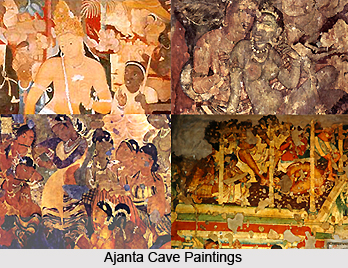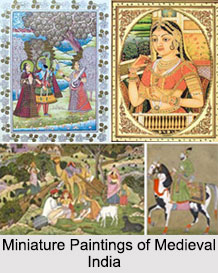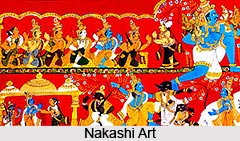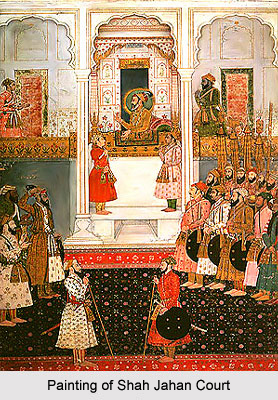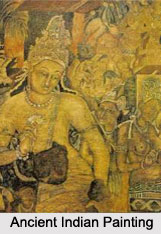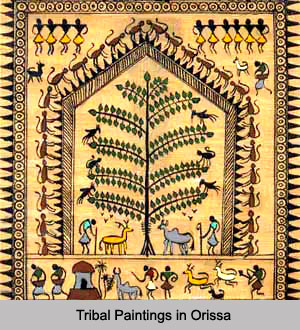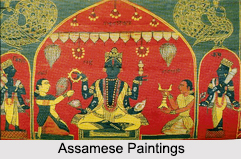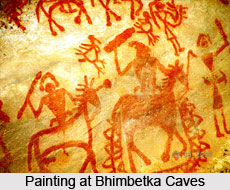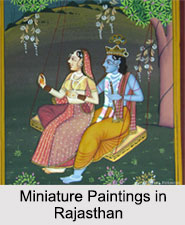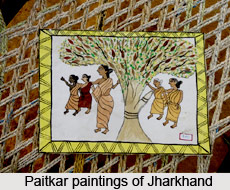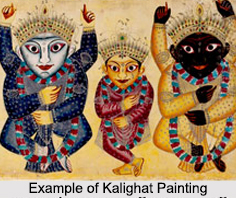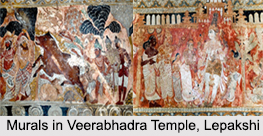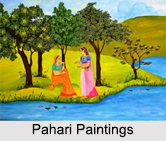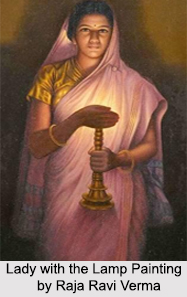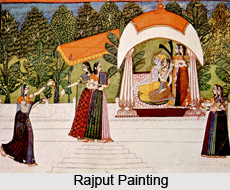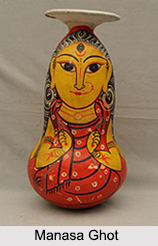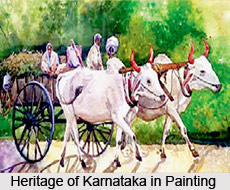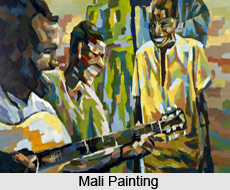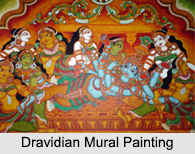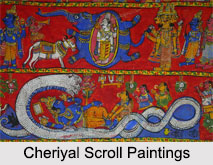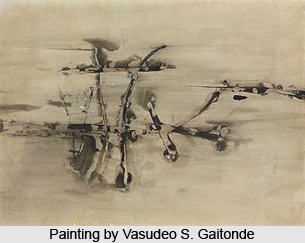 Vasudeo S. Gaitonde was born in the year 1924 in Maharashtra. He received his diploma from Sir J. J. School of Art in 1948. He received the Padma Shri Award in 1971. He was regarded as one of the finest and confined abstract painter of India. In 1956, he participated in the Indian art exhibition which was held in east European countries. He participated in other group exhibitions held at the Graham art gallery, New York in 1959 and 1963. Gaitonde`s abstract works are produced in many Indian and overseas collections including the Museum of Modern Art, New York. In 1957, he was awarded the first prize at the Young Asian Artists Exhibition, Tokyo and the Rockefeller Fellowship followed in 1964. In 1971, he was awarded the Padma Shri i.e. the highest award for creative excellence given by the Government of India.
Vasudeo S. Gaitonde was born in the year 1924 in Maharashtra. He received his diploma from Sir J. J. School of Art in 1948. He received the Padma Shri Award in 1971. He was regarded as one of the finest and confined abstract painter of India. In 1956, he participated in the Indian art exhibition which was held in east European countries. He participated in other group exhibitions held at the Graham art gallery, New York in 1959 and 1963. Gaitonde`s abstract works are produced in many Indian and overseas collections including the Museum of Modern Art, New York. In 1957, he was awarded the first prize at the Young Asian Artists Exhibition, Tokyo and the Rockefeller Fellowship followed in 1964. In 1971, he was awarded the Padma Shri i.e. the highest award for creative excellence given by the Government of India.
Vasudev`s supernatural and diverse paintings invoke an obscure description of the real world. Zen philosophy and ancients calligraphy had influenced him profoundly. In his paintings controlled and conglomerated structures are finely depicted. He preferred to enjoy a slow and a meticulous painting thereby producing only a few finished works. His use of symbolic element and few ground lines made his work appear like a river flowing.
He is one of the most profound and evocative artists of India who has established his eminent presence. Gaitonde isolated himself very early in his career from everything in his environment which was irrelevant to him as a painter. His growth was marked by an increasing inwardness and a meticulous and watchful consolidation. Conceptually, he never considered himself as an abstract painter and is reluctant to be called so.
The textural structure with the interplay of colour in Gaitonde`s paintings is the characteristic feature of his paintings. His compositions possessed animation; a kinetic power that imparts movement to the delicately balanced configurations. For him art starts in an intensity that moves towards refining itself.
His paintings represent a marvelous illusion of form, color and painting. In his paintings simple objects are transformed into spiritual elements. His work looks like a never ending abyss. His abstract paintings with their lucid beams of light evoke concealed depths. V.S. Gaitonde was the first Indian contemporary painter whose work was sold for Rs. 92 lakhs at the Osians art auction. Gaitonde died in 2001.
Awards received by Vasudeo S. Gaitonde:
* First prize at the Young Asian Artists Exhibition. Tokyo in 1957
* Rockefeller Fellowship in 1964.
* Padma Shri in 1971.
